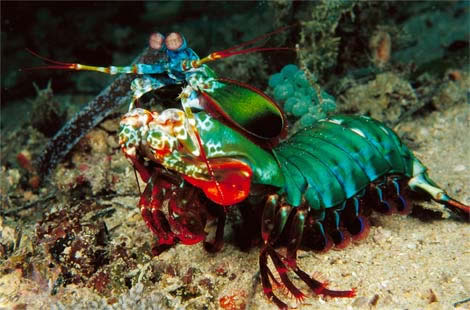Hope everyone’s Saturday is going well, I’m going to spend some of mine talking to you about fecal contamination of the water supply. Yeah, that’s right, I live on THE EDGE. Of what, I have no clue. OK, so besides not being a terribly exciting topic, fecal contamination is not exactly a pleasant thing to consider. But some people must do this for a living or you would be gripped with cholera and/or typhoid. The fine people involved in water treatment have some pretty spiffy tricks up their sleeves to save our tap water and environment from raw sewage. Bacteria in raw sewage is the chief concern, specifically coliforms. Coliforms are gram-negative (has an outer membrane covering a thin cell wall, the name refers to a specific test for this feature), facultative anaerobes (can live with or without oxygen) that ferment lactose into acid and gas and that do not form an endospore (protective spore in presence of extreme conditions). They are also rod shaped and are a strong indicator of fecal contamination in water. Dangerous coliforms are many, but you only need to test for one to confirm contamination: E. coli. E. coli is naturally present in the large intestine (which I said in a previous post if y’all were paying attention) and will be much more obvious than say, the bacteria responsible for cholera and typhoid infections. Those bacteria are often outnumbered in water samples so testing only for E. coli saves a lot of time and hassle. Otherwise, those fine people in water treatment would be cranky from testing for every. Single. Effing. Bacteria.
Testing for E. coli is surprisingly simple. I mean, you could mess up the test set-up, but interpreting the results does not require a calculator and star charts. The first test, called the presumptive test, indicates possible contamination. You dip a small sample of water into a lactose broth with a specialized tube, (really it’s a tiny, narrow, upside-down cup) incubate it and see if any gas collects in the tube. If so, whatever bacteria you grew in the broth ferments lactose into acid and gas, so you presume that a coliform is present. Like you presume the one British guy in the middle of Africa and far from anything is Dr. Livingstone. Anyway, next is the confirmed test where you inoculate (treat) a special agar plate (a Levine EMB or endo plate) with your gas-producing sample (cause you would’ve used multiple samples in multiple tubes of lactose broth, you are only using whatever tested positive for this step). Levine EMB agar and Endo agar cause samples with coliforms to grow in colonies of a particular color. Because at this stage you want to separate coliforms from non-coliforms, you streak the plate in such a way that different bacteria will grow separately (this part is tricky, I won’t explain it here cause it’s boring and hard to visualize, but trust me that there is a way). This step is the confirmed step, and if your colonies grow in the coliform positive style, you can move on to the completed test. Finally, the completed test consists of taking a sample of one of the coliform-only colonies and inoculating another lactose broth and a nutrient agar (it’s just got extra stuff in it). The lactose broth should test positive for gas again if it is E. coli and the sample grown on the agar will be stain to confirm that it is gram-negative. Results could still indicate bacteria that did not migrate from your gut, but these three tests narrow the field considerably. OK, so then there’s one more test, but the IMViC just differentiates between E. coli and E. aerogenes, so you cannot skip any earlier test to get the same results. It just don’t work that way.
I hope now fecal contamination has become more interesting. If not, well…I don’t blame you. It’s a shitty topic.
Source
Brown, Alfred E. 2009. Benson’s Microbiological Applications: Laboratory Manual in General Microbiology. McGraw Hill, New York.

